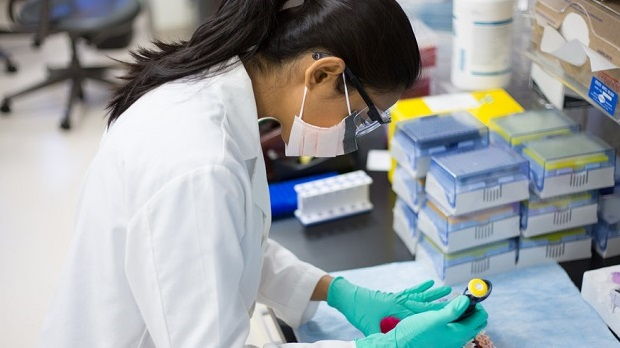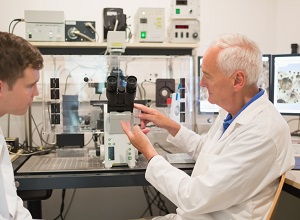Tips for Western blotting

Pre-cast gels
For high paid laboratory staff, the quicker option of pre-cast commercial gels may be cheaper compared to pouring gels.
Heat denature proteins
Once your protein samples have been mixed with loading buffer, before loading the gel heat samples at 95°C for 5 minutes to denature proteins as this will assist smooth running through the gel.
Use proven antibodies
Make sure commercial primary antibodies have been tested for Western blotting by the manufacturer before you purchase them. You can also check if antibodies have been published for Western blotting by other researchers.
Presenting your results
Before running your protein gel, consider how you would like to present your results when choosing which sample to load in each well. To avoid confusion, take note on paper of what particular sample has been loaded into each well.
Protein ladders
Use a protein ladder to compare against the position of your protein of interest.
Running parameters
Run gel at 100 – 120 volts for 1.5 – 2 hours. (This is suitable for most gels / equipment).
Bromophenol blue
When running a gel, run bromophenol blue to the bottom of the gel.
Loading controls
Besides probing blots with antibodies for your protein of interest, also probe with antibodies for a loading control. A loading control is a protein whose expression is expected to remain stable regardless of treatment etc and can hence be used to confirm that equal protein has been loaded per well. Examples include GAPDH, Beta-tubulin & Beta-actin.
Membranes – Nitrocellulose vs PVDF
Different membranes have different benefits. PVDF membranes have a higher binding capacity compared to nitrocellulose membranes. PVDF membranes will therefore be more sensitive for lowly expressed proteins, but background interference may also be higher.
Chemiluminescent and fluorescent options
For secondary antibodies there are chemiluminescent and fluorescent options. Fluorescence allows you to use a different colour secondary antibody for the loading control and your protein of interest removing confusion as to the identity of the protein band in the event that the loading control and your protein of interest are similar sizes. The use of fluorescent secondary antibodies requires a capable instrument such as an Odyssey imaging system.














